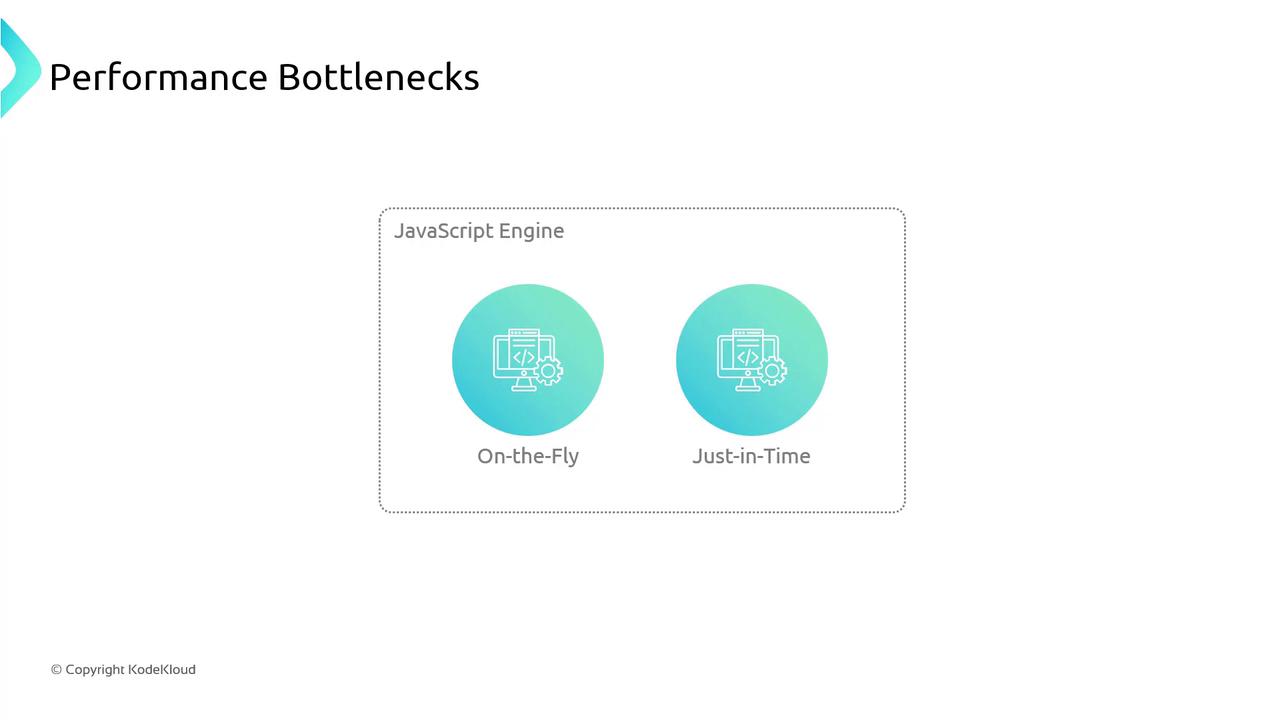Exploring WebAssembly (WASM)
Introduction to WebAssembly WASM
What is WebAssembly
JavaScript has long been the cornerstone of web development, powering interactive experiences in all modern browsers. Yet, as applications demand more real-time graphics and heavy computation, JavaScript’s interpreted nature and single-threaded model can introduce performance bottlenecks.

JavaScript Performance Limitations
On-the-Fly Interpretation & JIT Compilation
Browsers like Chrome (V8) and Firefox (SpiderMonkey) convert JavaScript into machine code at runtime. Just-in-time (JIT) compilation speeds things up, but overhead remains for compute-heavy loops and graphics rendering.Garbage-Collected Memory
While automatic memory management helps avoid leaks, garbage collection can cause unpredictable pauses:let user = { name: "John" }; // Later... user = null; // triggers potential garbage collectionSingle-Threaded Event Loop
async/awaitand Promises organize callbacks but don’t offer true parallelism:console.log('Hi'); setTimeout(() => { console.log('there'); }, 5000); console.log('JSConFEU'); // Output: // Hi // JSConFEU // there (after ~5 seconds)
Enter WebAssembly (WASM)
WebAssembly is a low-level binary format designed as a compilation target for languages like C, C++ and Rust. It runs alongside JavaScript in the browser at near-native speed, enabling performance-critical code and large codebases to execute without bulky downloads or installs.
Why Choose WebAssembly?
| Feature | JavaScript | WebAssembly |
|---|---|---|
| Execution Model | Interpreted + JIT | Precompiled binary (near-native) |
| Memory Management | Garbage-collected | Linear memory with manual control |
| Threading | Single-threaded event loop | Potential for Web Workers & threads |
| Application Scope | UI, light logic | Graphics, simulations, codecs, games |
Note
WebAssembly modules interoperate seamlessly with JavaScript. You can call exported WASM functions from JS and vice versa.
Docker, Kubernetes & WebAssembly
Docker has introduced a technical preview for running WASM modules, prompting questions about the future of containers and orchestration with Kubernetes. While WASM isn’t a direct replacement for containers, it offers a lightweight sandbox for microservices and edge workloads.
A “Hello, World!” Example
Let’s compile a simple C program to both a native executable and WebAssembly module.
1. C Source Code
#include <stdio.h>
int main() {
printf("Hello, World!\n");
return 0;
}
2. Compile Natively with GCC
gcc -o wasmdemo/helloworld.exe wasmdemo/helloworld.c
Run it:
> wasmdemo/helloworld.exe
Hello, World!
3. Compile to WebAssembly with Emscripten
Install and activate the Emscripten SDK:
git clone https://github.com/emscripten-core/emsdk.git
cd emsdk
./emsdk install latest
./emsdk activate latest
source ./emsdk_env.sh # On Windows: emsdk_env.bat
Warning
Ensure your browser supports WebAssembly threads if you plan to use shared memory and parallelism.
Compile the C code to WASM:
emcc wasmdemo/helloworld.c -o wasmdemo/helloworld.html
This generates three files:
- helloworld.html – Minimal HTML page to load the module
- helloworld.js – JavaScript “glue” for instantiation
- helloworld.wasm – The WebAssembly binary
Inspecting the Loader
Inside helloworld.js, Emscripten handles fetching and instantiating the .wasm file:
var wasmBinaryFile = 'helloworld.wasm';
if (!isDataURI(wasmBinaryFile)) {
wasmBinaryFile = locateFile(wasmBinaryFile);
}
function getBinary(file) {
try {
if (file === wasmBinaryFile && wasmBinary) {
return new Uint8Array(wasmBinary);
}
} catch (e) {
console.error(e);
}
}
4. Execute in the Browser
Open helloworld.html in any modern browser. You should see:
Hello, World!
Congratulations! You’ve just compiled C to WebAssembly and run it alongside JavaScript—unlocking high-performance web applications for graphics, games, and more.
References
Watch Video
Watch video content